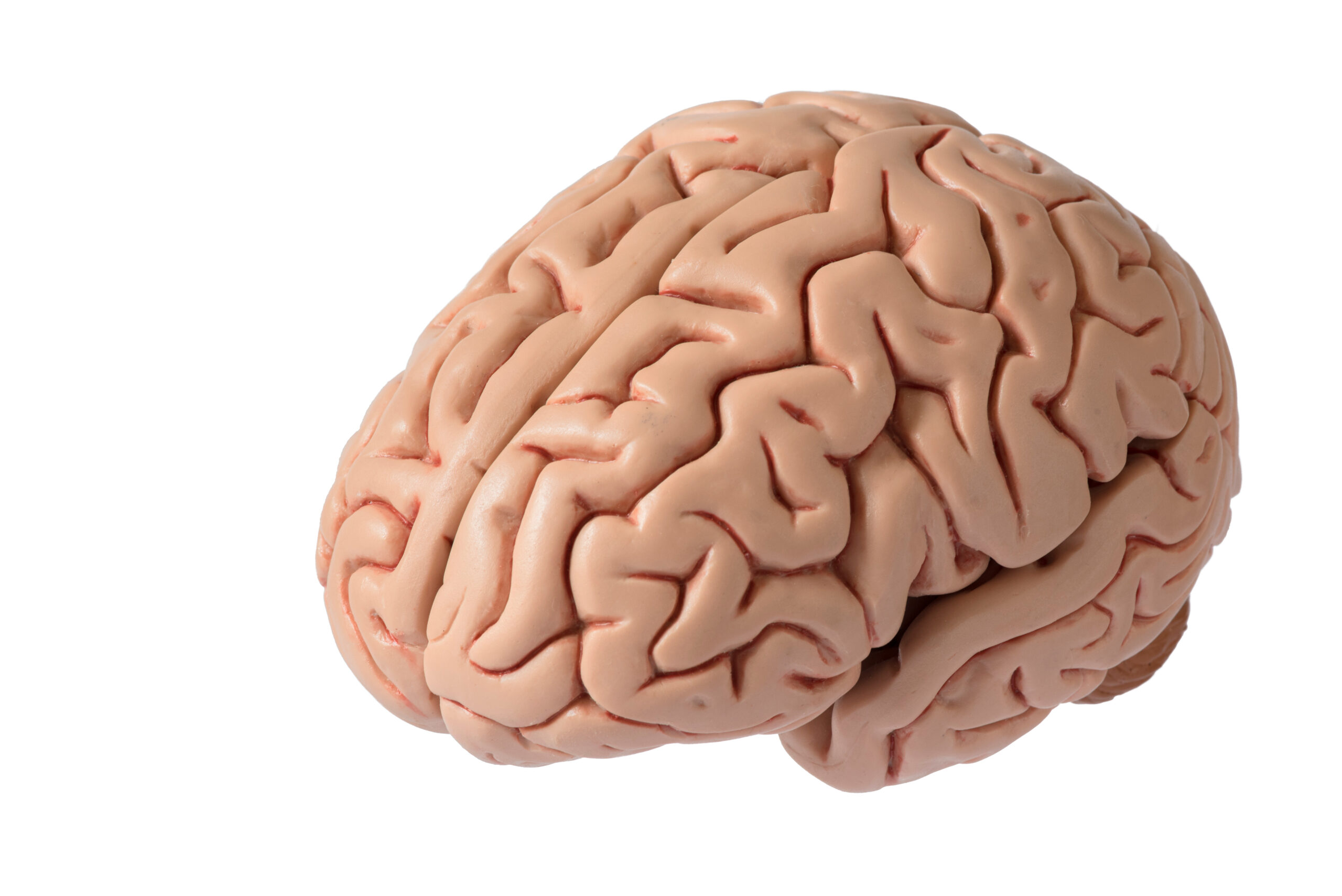The Overlooked Link Between Hairbrush Texture and Scalp-Brain Signals
### The Overlooked Link Between Hairbrush Texture and Scalp-Brain Signals
When we think about hair care, we often focus on the products we use and the techniques we employ to keep our locks looking their best. However, there’s a lesser-known connection between the texture of our hairbrushes and the signals our scalp sends to our brain. This connection can have a significant impact on our overall well-being and even influence our mental health.
#### The Role of Hairbrush Texture
The texture of your hairbrush can play a crucial role in how you feel during and after brushing your hair. For instance, a soft-bristled brush can be incredibly soothing, especially for those with sensitive scalps. The gentle touch of soft bristles can help reduce stress and promote relaxation, much like a gentle massage.
On the other hand, a brush with harder bristles might be more effective for detangling, but it can also cause irritation and discomfort, especially if you have a sensitive scalp. This irritation can lead to increased stress levels and even affect your mood.
#### The Science Behind Scalp-Brain Signals
Our scalp is more than just a surface; it’s a complex network of nerve endings that communicate with our brain. When we brush our hair, the sensation of the bristles on our scalp sends signals to the brain. These signals can be either calming or stimulating, depending on the texture of the brush.
For example, the gentle stimulation from a soft-bristled brush can increase blood flow to the scalp, which in turn can help reduce stress and promote a sense of well-being. This is because the gentle massage-like action of the soft bristles stimulates the nerve endings in the scalp, sending calming signals to the brain.
#### Practical Tips for Choosing the Right Brush
1. **Soft Bristles for Sensitive Scalps**: If you have a sensitive scalp, look for brushes with soft, flexible bristles. These will provide a gentle massage that can help reduce irritation and promote relaxation.
2. **Harder Bristles for Detangling**: If you have particularly knotted hair, a brush with harder bristles might be more effective. However, be cautious not to cause irritation, especially if you have a sensitive scalp.
3. **Ergonomic Design**: An ergonomically designed brush can make a big difference. The shape and size of the handle can make it easier to maneuver, reducing strain on your hand and arm.
4. **Scalp Massagers**: Some hairbrushes come with built-in scalp massagers. These can be particularly beneficial as they provide a deep cleanse and stimulate the scalp, promoting blood flow and reducing stress.
#### Conclusion
The connection between hairbrush texture and scalp-brain signals is often overlooked but can have a significant impact on our mental and physical well-being. By choosing the right brush for your hair type and scalp sensitivity, you can create a more relaxing and soothing experience that not only keeps your hair looking great but also promotes overall health and happiness.
Remember, taking care of your hair is not just about appearance; it’s also about how it makes you feel. So next time you’re in the market for a new hairbrush, consider the texture and how it might affect your scalp-brain signals. Your mind and scalp will thank you





